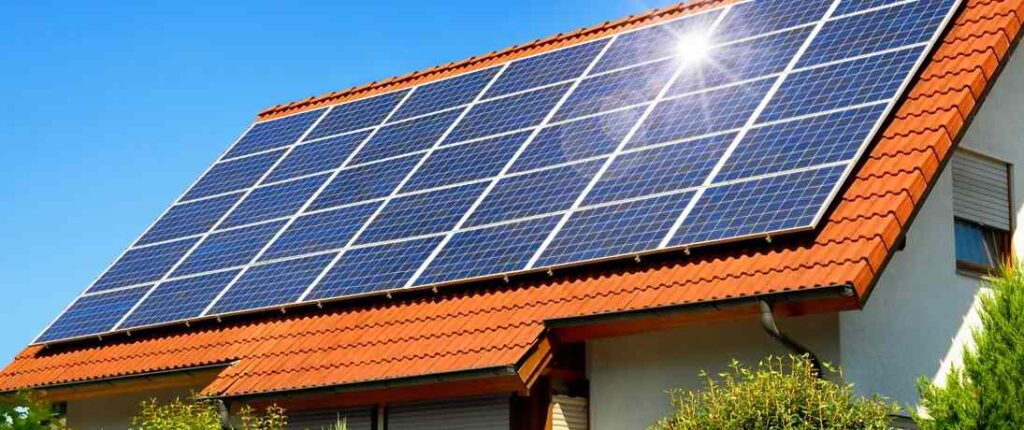India
Perovskites are a more advantageous replacement for silicon in solar cells than was previously believed
Published
1 year agoon

Silicon is a common, naturally occurring semiconducting material that is utilised in a wide range of applications, including computer central processing units (CPUs), semiconductor chips, detectors, and solar cells. Nevertheless, mining and purification are costly.
In recent years, the perovskite family of materials, so named because of its crystalline structure, has demonstrated tremendous promise as a far less expensive, similarly effective alternative to silicon in solar cells and detectors. Perovskites may soon become much more effective, according to a study headed by University of Rochester optics professor Chunlei Guo.
Perovskites are commonly created in a wet lab by researchers, who then place the material as a film over a glass substrate and investigate possible use
Guo suggests an original, physics-based strategy instead. He and his coauthors discovered that they could boost the perovskite’s light conversion efficiency by 250 percent by utilising a substrate made of either a layer of metal or an alternating layer of metal and dielectric material.Their research is published in Nature Photonics.
Guo claims that no one else has made this finding on perovskites. “All of a sudden, we can place a metal platform beneath a perovskite, completely altering how the electrons interact inside the perovskite. Hence, we engineer that interaction using a physical technique.
‘A lot of startling physics’ are produced by a novel perovskite-metal combination.
While metals are among the most basic materials found in nature, they may be modified to perform sophisticated tasks. The Guo Lab offers a wealth of knowledge in this area. The lab has invented a number of techniques that turn ordinary metals into materials that are completely opaque, very hydrophilic, or extremely hydrophobic (water-repellent). In their latest experiments, the improved metals have been employed for water purification and solar energy absorption.
Read Also: 5 Foods For Mental Health That Can Wreak Havoc On Your
The Guo Lab shows how to use the metal to increase the effectiveness of pervoskites in this new research rather than offering a method to improve the metal itself.Guo asserts that a piece of metal is equivalent to intricate chemical engineering in a wet lab and that the new findings may be especially helpful for future solar energy harvesting.
According to Guo, photons from sunshine must contact with and excite electrons in a solar cell in order to cause the electrons to leave their atomic nuclei and produce an electrical current. To draw the excited electrons back to the atomic cores and halt the electrical current, the solar cell should ideally employ weak materials.
By mixing a perovskite material with either a layer of metal or a metamaterial substrate made of alternating layers of silver, a noble metal, and aluminium oxide, a dielectric, Guo’s group showed that such recombination could be significantly reduced.Via “a lot of strange physics,” according to Guo, the electron recombination was significantly reduced as a consequence. The ability of the electrons to recombine with the holes is weakened as a result of the metal layer acting as a mirror and creating reversed images of electron-hole pairs.

The group was able to see the consequent 250 percent boost in light conversion efficiency using a straightforward detector.Before perovskites are useful for applications, a number of difficulties must be overcome, including their propensity to deteriorate very fast. The hunt for better, more stable perovskite materials is currently in full swing.
“We may then utilise our physics-based strategy to further improve their performance when new perovskites arise,” explains Guo.

What are the perovskite materials?
What is solar explain?
Credent TV Editorial Team

You may like
-


Twitter’s paywall system has been removed from its application programming interface
-


National Quantum Mission Approved by Union Cabinet for Rs. 6,003 billion
-


the Google Pixel Fold will go on sale in June. Leaked renderings show two colour options.
-


Delhi now has Apple’s second location after Mumbai: CEO Tim Cook
-


After a “wet dress rehearsal” as a result of a technical glitch, the starship test flight was rescheduled for April 20
-


Q1 2023, Netflix added 1.75 million new subscribers. Ad-Supported Tier Following Crackdown on Password Sharing
